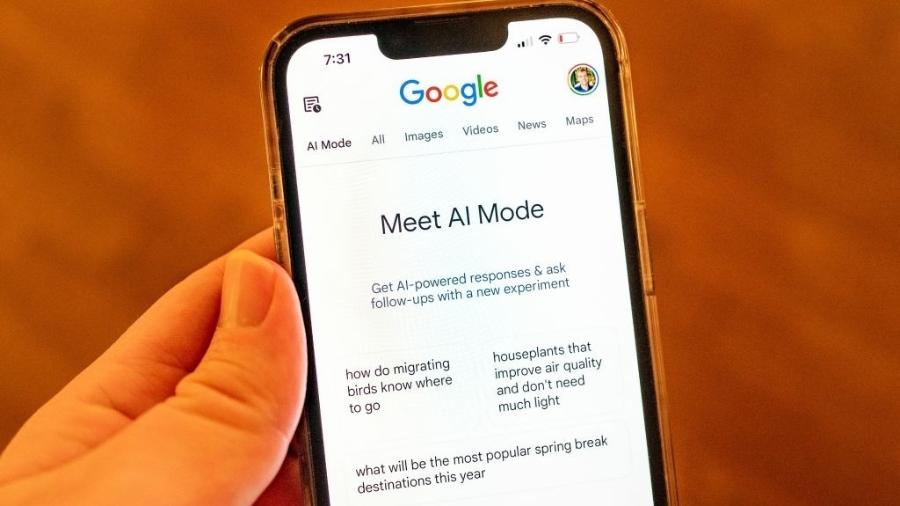5G deve chegar ao Brasil em 2022; conheça celulares compatíveis
O leilão do 5G aconteceu hoje na sede da Anatel (Agência Nacional de Telecomunicações), mas essa é só uma das etapas para a implantação da infraestrutura de internet rápida no país. A previsão é de que ela chegue aos consumidores na metade de 2022.
Como em outros países — 65 para ser mais exato — o 5G já funciona há algum tempo, as fabricantes de celulares já possuem vários modelos compatíveis com a tecnologia. No Brasil, empresas lançaram uma série de smartphones com e a ela ao longo do ano ado e deste ano.
A expectativa com o 5G é de que ele mude o nosso cotidiano, proporcionando um aumento de serviços públicos ou privados através de uma internet 20 vezes mais rápida.
Para tirar dúvidas sobre quais telefones já funcionam com essa rede, Tilt preparou uma lista com diferentes marcas.
Motorola
- Moto G50 5G;
- Moto Edge 20;
- Moto Edge 20 Pro;
- Moto Edge 20 Lite;
- Moto G100;
- Moto G 5G;
- Moto G 5G Plus;
- Motorola Edge;
- Motorola Edge+.
Samsung
- Galaxy Z Fold 3 5G;
- Galaxy Z Flip 3 5G;
- Galaxy A52 5G;
- Galaxy A32 5G;
- Galaxy S21 Ultra 5G;
- Galaxy S21 5G;
- Galaxy S21+ 5G;
- Galaxy Note 20;
- Galaxy Note 20 Ultra;
- Galaxy Z Fold 2.
Apple
- iPhone 12;
- iPhone 12 Pro;
- iPhone 12 Pro Max;
- iPhone 12 Mini,
- iPhone 13;
- iPhone 13 Pro;
- iPhone 13 Pro Max;
- iPhone 13 Mini.
Xiaomi
- Mi 11,
- Mi 10T,
- Mi 10T Pro,
- Redmi Note 10 5G,
- Poco M3 Pro 5G.
- Poco F3 5G
Realme:
Lenovo:
Asus
- Zenfone 8 Flip;
- Zenfone 8;
- Zenfone 7;
- ROG Phone 5s Pro;
- ROG Phone 5s;
- ROG Phone 5;
- ROG Phone 3.
*Com informações de Marcella Duarte.


















ID: {{comments.info.id}}
URL: {{comments.info.url}}
Ocorreu um erro ao carregar os comentários.
Por favor, tente novamente mais tarde.
{{comments.total}} Comentário
{{comments.total}} Comentários
Seja o primeiro a comentar
Essa discussão está encerrada
Não é possivel enviar novos comentários.
Essa área é exclusiva para você, , ler e comentar.
Só s do UOL podem comentar
Ainda não é ? Assine já.
Se você já é do UOL, faça seu .
O autor da mensagem, e não o UOL, é o responsável pelo comentário. Reserve um tempo para ler as Regras de Uso para comentários.